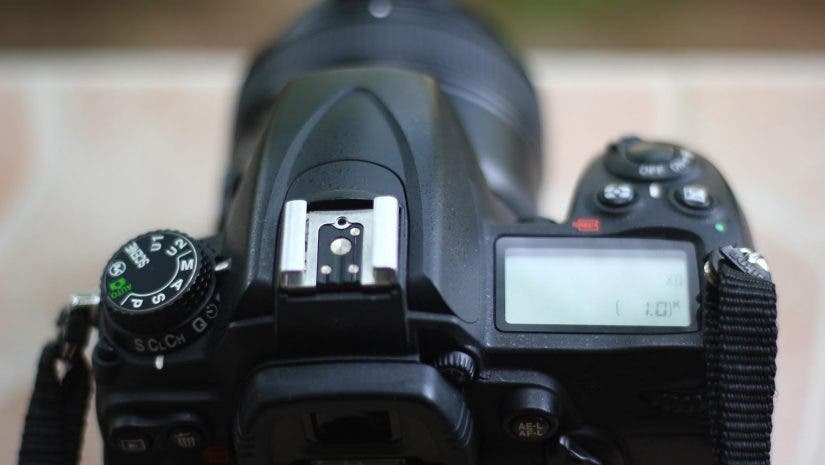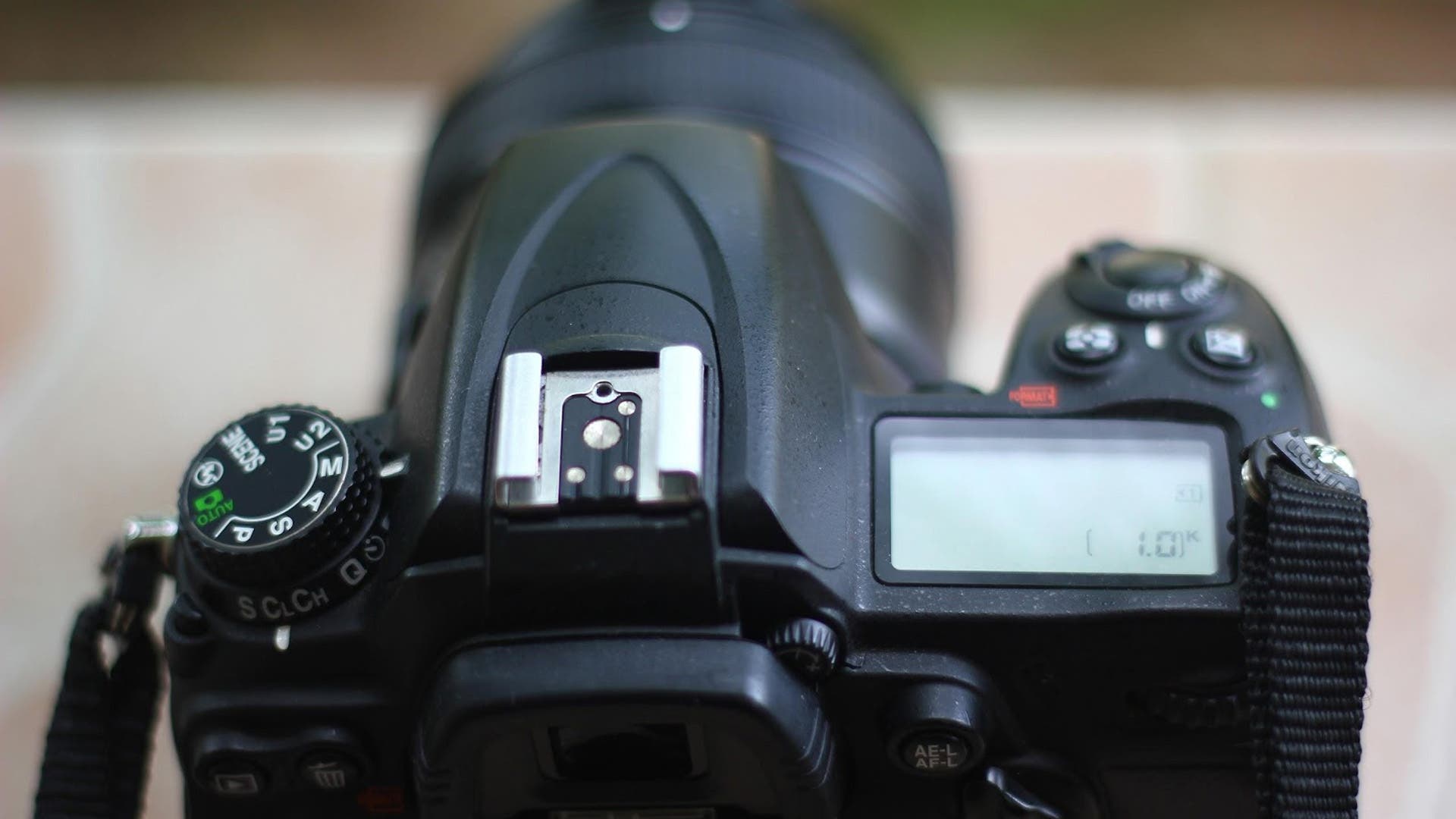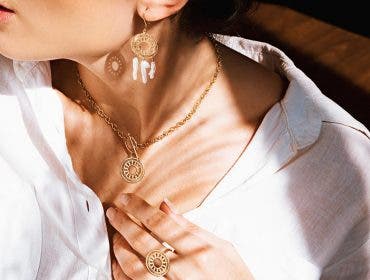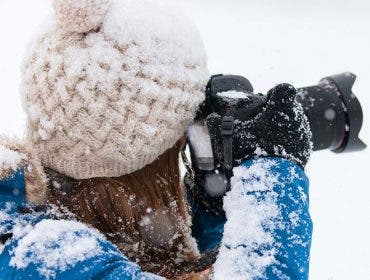For any aspiring photographer, nothing is more rewarding than seeing beautiful photos taken with one’s point-and-shoot camera or smartphone. But if you’ve already outgrown yours, it may be time to upgrade to a DSLR camera.
Ready to make the switch? Here’s a rundown of everything you need to know before you purchase your first-ever DSLR:
What is a DSLR Camera?
A digital single lens reflex or DSLR is a camera with interchangeable lenses and a mirror that directs light from the lens to the viewfinder, which enables the user to see exactly what the lens sees, resulting in a more true-to-life image.
The DSLR camera’s design, which combines the optics and mechanisms of an SLR (film) camera with a digital imaging sensor, is what sets it apart from other types of cameras. It also comes with many powerful functions and features that allow the user to manipulate the camera’s capability to shoot a particular scene, thereby manipulating the final photographic results.
There are two types of DSLR cameras:
Full frame and APS-C or crop sensor
The full frame or 35mm camera has a wider field of view and a larger sensor that has the same dimensions as the 35mm film format.
APS-C or crop sensor camera
APS-C or Crop sensor camera has a smaller sensor and captures a cropped version of its full frame counterpart.
DSLR vs Mirrorless Cameras: What’s the Difference?
In a DSLR, the light comes through the lens and hits a reflex mirror that sends the image to the viewfinder or sensor. A mirrorless camera doesn’t have a reflex mirror; the light coming to the lens goes straight to the sensor.
The constructive difference between the two types of cameras produces differences in image quality, features, and physical characteristics. The debate on DSLR vs mirrorless cameras has gone on for some time. But when you know what a DSLR is in terms of optical design, you can easily choose a camera with the performance you need.
How Much Is a DSLR?
Considering the DSLR’s meaning, it is obvious that they are more expensive than other types of cameras. The more optical elements they have, the higher the price. Entry-level DSLR camera bodies start from $400 to $500. But when you know what a DSLR camera is and can do, you want a professional high-end camera, which can reach $5000 or more.
What Does DSLR Stand For?
The acronym DSLR stands for “digital single-lens reflex,” which is a complex way of describing a digital camera that uses one lens at a time (generally interchangeable). DSLRs use a mirror to send the image to the viewfinder.
Single-lens reflex was an important distinction in the earlier film days because many cameras housed twin lenses, while others had only an approximate viewfinder. SLR users knew that what they saw through the viewfinder was what they would get on film. When digital photography first emerged, almost all interchangeable lens cameras were DSLRs, but now, with the advent of mirrorless cameras, it’s important to know the difference.
How Does a DSLR Work?
The DSLR’s viewfinder helps you frame your subject by having the scene pass through the lens in light form into a reflex mirror, which bounces off the light vertically to a pentamirror or pentaprism. The pentaprism then converts the vertical light to horizontal light by bouncing it off right into the viewfinder through two separate mirrors.
When you press the shutter button, the reflex mirror opens up so that light goes right through it. Then, the shutter mechanism opens up (allowing the light to reach the image sensor) until the image sensor completes recording the image. As the image is processed and converted into the right format by the DSLR, the shutter closes and the reflex mirror returns to its original position.
DSLR vs SLR Camera
DSLR and SLR cameras take advantage of the same design concept. A single lens allows light to pass through to a recording medium. With a DSLR, that recording medium is a digital sensor, but an SLR captures the image on film. Because the technology is so similar, many manufacturers, such as Canon and Nikon, allow lenses designed for SLR bodies to be compatible with DSLR cameras as well. The choice of DSLR vs SLR comes down to whether you want your images to exist on film or as digital files. Beyond that, the principles are very similar.
What are the Advantages of Using a DSLR?
The advantages of a DSLR camera are improved shooting flexibility, higher quality images, more control over settings, and total control over your depth of field. DSLRs also let you see exactly what you shoot, and they’re better cold-weather cameras too, thanks to their longer battery life.
More shooting flexibility
Since the DSLR offers the option to change lenses, you can easily vary your shots by just fitting in a new lens. Use a wide-angle lens for capturing gorgeous landscapes and taking those tricky large group shots, a telephoto or prime lens for taking ultra-sharp portraits, a macro lens for highly detailed close-up shots of food or flowers, and many more.
The DSLR also gives you more control over your setup. With the right flash and filter, coupled with adequate lighting, a DSLR camera can shoot in any lighting condition.
Higher-quality images
DSLR cameras have larger sensors than their more portable counterparts, allowing you to get higher quality images. They can also be used at faster ISOs that produce less grainy photos compared to typical point and shoots.
Ability to control settings
If you want to have more control over the outcome of your pictures, you’ll find the DSLR’s manual controls helpful since they allow for tweaking specific aspects of your shots. You can use slower shutter speeds to capture more light when shooting in low-light conditions, tweak the white balance for better color replication, and more.
DSLR technical specifications
Discuss the low light shooting in dimmed environments, DSLR cameras have better autofocus ability, and better battery life.
What are the disadvantages of using a DSLR?
The disadvantages of DSLR cameras are their higher price points vs point-and-shoot models, and their larger physical size and heavier weight in the hand. DSLRs also tend to be more complex to use, with a longer learning curve, higher ongoing maintenance costs, and more shutter noise during shooting.
High price
There are dozens of DSLRs at every price point from a variety of brands on the market. Casual photographers will find introductory models at a much lower price than professionals seeking more elaborate DSLRs with rugged bodies and plentiful features. Regardless of the level of DSLR you purchase, almost all models will be more expensive than a point-and-shoot camera, so it’s important to consider your budget before making an investment.
Weight and size
Typically, DSLR technology is physically larger and heavier than other types of digital cameras on the market. The camera body needs the internal space to accommodate the mirror assembly, so DSLRs outweigh (and outsize) mirrorless cameras with equivalent resolution.
Complexity
While there’s a wide range of quality among DSLRs, they all come with a variety of features and menus that may seem daunting at first. If you’re looking for a camera you can pull out of your pocket and operate simply and quickly, a DSLR may not be the best option for you.
How do I choose the right DSLR for me?
1. Figure out your shooting needs
What exactly do you plan to use your camera for? Street photography? Travel? Or just everyday photography? Will you be using it for shooting indoors or in low light? Make a list of your shooting needs, so you can easily figure out the specific specs to look for.
2. Consider your budget
Knowing how much you’re willing to spend for a DSLR camera helps narrow down your choices. Since DSLRs are made up of several components, you might want to take into account the cost of batteries, lenses, filters, memory cards, and even a camera bag. Signing up for extended warranty also entails an extra cost, so consider it in your budget as well.
3. Determine the weight you’re willing to carry
If carrying a heavy, bulky camera isn’t something you’re willing to do, consider purchasing a more compact and lightweight DSLR. But if weight and size is not an issue, go ahead and purchase that feature-heavy, full frame DSLR camera.
4. Think of your existing camera accessories
Still have old digital camera accessories lying around in your home? Check if they have similar configuration. If so, you may want to consider getting a DSLR model that is compatible with what you have so you can find use for all of your accessories again.
Which DSLR Model is Best?
There is no single DSLR model that works best for everyone—the best DSLR model will depend on the photographer’s priorities. Do you prefer an easy-to-use DSLR? Choose a beginner-friendly or entry-level model. Is portability the most important feature you’re looking for in a DSLR? Go for a compact and lightweight model. Do you have a limited budget? Then get one in a price range that you can afford.
Recommended DSLR camera models:
- Entry-level DSLR – Nikon D3300
- General-purpose DSLR – Canon EOS 5D Mark IV
- Budget-friendly DSLR – Canon EOS Rebel T6
- Lightweight DSLR – Nikon DF
Throughout your photography journey, the DSLR is one of the most important investments you’ll ever have—so make sure to choose yours carefully. And when you’ve found the perfect DSLR, take your time in learning how to make the most out of it.






